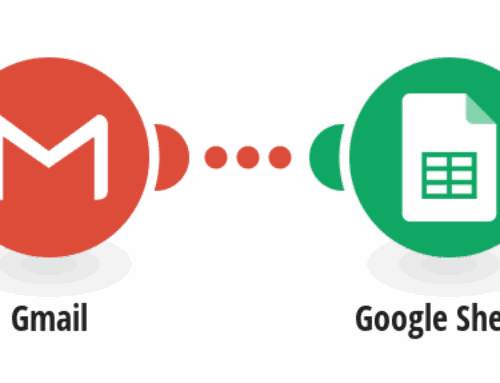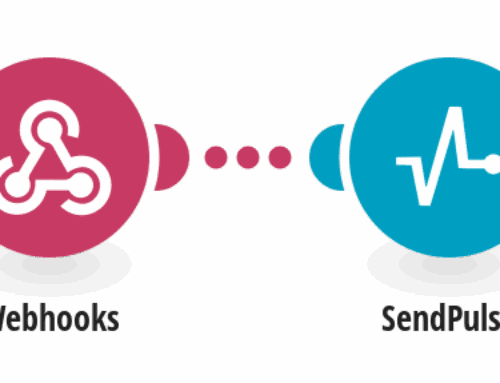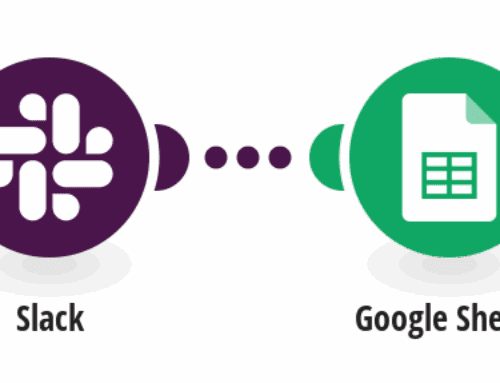As the need for greater efficiency, transparency, and accountability continue to grow in the financial services sector, new technologies are emerging to address those challenges. These technologies not only help reduce costs and improve customer service but also can help increase the efficiency of bank operations and improve their client service delivery.
This article will review key banking operations challenges addressed by automation and discuss examples of how they are being addressed with automation in the financial services industry today.
The Emergence of Business Automation
The need for greater efficiency, transparency, and accountability continues to grow in the financial services sector. As a result, automation is increasingly being used to address these challenges.
Automation is a key strategy for increasing efficiency in financial services. It enables greater traceability and visibility into the operations of the bank and automated devices that monitor and control processes within the bank to enhance customer service. Automation is also being used to reduce costs and improve customer service.
For example, an automated teller machine (ATM) may be programmed to dispense cash daily, even during non-peak hours. This will ensure that customers do not face long wait times when they want to make quick cash withdrawals.
Banking Operations Challenges

Delayed Case Escalation
Many financial services businesses have implemented automation, but they have yet to see significant positive impacts on their processes. One of the most common problems encountered by banks and financial services companies is the delay in the discovery of the true source of suspicious activity.
Automation can help address this challenge by automating the discovery process and adding transparency to the regulatory approval process. A prime example of improved efficiency due to automation is in the area of delayed case escalation.
Automation of the case management process has reduced the number of manual steps needed for a customer to become the subject of an inquiry. With fewer steps and less chance of human error, the risk of miscommunication and misdirection is minimized, which can lead to delays in the discovery of suspicious activities.
Delayed Discovery of Suspicious Activity
Another challenge that banks and financial services companies face is the lack of transparency in the discovery process. With only a few data points required to identify suspicious activity, it is easy to miss something.
Automation can help address this challenge by automating the discovery process and adding transparency to the regulatory approval process. Automation of the discovery process can help banks and other financial services companies automatically record relevant data and create an appropriate report.
This allows the company to identify areas of improvement and take corrective actions quickly.
Adapting to Industry Changes
An important aspect of automation is the ability to adjust to industry changes. The adoption of new technologies can often affect the way organizations think about how they do business. With new and complex data requirements, it can be challenging for many financial services companies to keep up with industry changes.
Automation can help some companies by automating processes that require advanced or complex data analysis or that rely on human judgment. This allows the business to focus on the core functions and investments that are necessary to meet regulatory expectations.
Automation can also help companies adapt to changes in the hiring and training processes. Automation can help fill jobs that have become extinct or are harder to find. It can also automate processes that have become less relevant as new functions are added to the company or as technologies evolve. With automation, the business can respond more quickly to changing customer demands, improve service, and reduce costs.
Absence of Centralized Real-Time Progress
Real-time data is essential for businesses to become successful. However, without being able to see where you are going and what you are doing, it is very difficult for employees to collaborate and make timely decisions. With real-time data, decisions can be made more efficiently, and feedback can be easily obtained.
The ability to see the progress of activities without having to be connected to a network is a significant advantage that automation has over non-automation. A prime example of this is card present transactions. With a quick scan of the card’s present transaction data, an attempt can be made to identify the customer and their purchases.
This information is not easily accessible without a network connection, and it may take several employees working together to pull this data together. Without being able to see what is happening in real-time, employees are not able to collaborate effectively on decisions or provide feedback on the products and services they are using.
Slows Approvals And Review Processes
Another common challenge that banks and financial services companies face is the slow review process. This can occur due to a variety of factors, including the time needed to create a new application, the authority required to make a decision, and the need to build out the new procedure.
Automation can help address this challenge by automating the approval process and building out the new procedures at the same time. Automation can help speed up the approval process by automating the creation of new applications and processes.
By eliminating the need to frequently involve different employees and having a standardized process, approval can be completed more quickly. The same can be said for the need to build out the new process, as automated guidelines can be followed more easily.
Key Challenges With the Adoption of Automation
While the benefits of automation are clear, the adoption of automation in the financial services industry has faced some challenges. These include:
- Lack of understanding and acceptance of automation in the financial services industry.
- Lack of visibility and understanding of the operating performance of automation assets.
- Lack of efficiency within the bank due to human involvement in the operation of automated assets.
- Lack of understanding of the impact of automation on business processes.
- Lack of understanding of the benefits of automation.
- Lack of understanding of the risks of automation.
Financial Services Automation Tip
The increasing use of automation in the financial services sector is good news for both employees and clients. It enables greater traceability and visibility into the operations of the bank and automated devices that monitor and control processes within the bank to enhance customer service.
Conquer the challenges by using automation to eliminate or reduce the number of tasks performed by staff. For example, an automated teller machine (ATM) may be programmed to dispense cash on a daily basis, even during non-peak hours. This will ensure that customers do not face long wait times when they want to make quick cash withdrawals. Additionally, banks are using automation to support new and existing business functions.
For example, automated teller machines (ATMs) may be programmed to support various business functions such as offering financial advice, paying bills, processing credit and debit card payments, and more.
Conclusion
Automation is a key strategy for increasing efficiency in financial services. It enables greater traceability and visibility into the operations of the bank and automated devices that monitor and control processes within the bank to enhance customer service.
Additionally, automation can reduce costs and improve customer service. Banks are increasingly embracing automation as a way to meet customer needs and expectations.
Automation can help reduce costs and improve service delivery by automating processes such as hiring, training, scheduling, benefits administration, and more. Automation can also help improve efficiency by eliminating or reducing the number of tasks performed by staff.
Articles You Might Want To Read:
Introducing Business Automation: The Future of Business
Business Process Automation in Banking Industry
Marketing Automation: The Easy Way to Boost Your Efforts








